The digitalization of the economy remains an important tax challenge and was identified as an area of focus of the Base Erosion and Profit Shifting (BEPS) Action Plan.
With the objective to change the actual profit allocation rules for digital companies two Pillars were identified:
- Pillar One is intended to reallocate global profit between jurisdictions.
- Pillar Two is the global base erosion (“GloBE”) project.
Grouped under an Inclusive Framework (“IF”), the Program of Work (“PoW”) was initiated in May 2019 by the G20 ministers jointly with the OECD. Following several revisions, the IF and OECD adopted a consensus based solution on Pillar One: the “Unified Approach”.
On January 31, 2020, the OECD endorsed the Pillar One and approved to negotiate its principles under the Unified Approach which is intended to be finalized by 2020.
The proposal would have to be adopted by the G20 before getting implemented in the various jurisdictions.
The concept is to design a solution that attracts support from all members of the Inclusive Framework. The Secretariat’s proposal for a “Unified Approach” has been developed with this goal in mind.
Key features of a solution, which would include the following:
Scope.
- The approach covers highly digital business models but goes wider –broadly focusing on consumer-facing businesses with further work to be carried out on scope and carve-outs. Extractive industries are assumed to be out of the scope.
New Nexus.
- For businesses within the scope, it creates a new nexus, not dependent on physical presence but largely based on sales. The new nexus could have thresholds including country specific sales thresholds calibrated to ensure that jurisdictions with smaller economies can also benefit. It would be designed as a new self-standing treaty provision.
New Profit Allocation Rule going beyond the Arm’s Length Principle.
- It creates a new profit allocation rule applicable to taxpayers within the scope, and irrespective of whether they have an in-country marketing or distribution presence (permanent establishment or separate subsidiary) or sell via unrelated distributors. At the same time, the approach largely retains the current transfer pricing rules based on the arm’s length principle but complements them with formula based solutions in areas where tensions in the current system are the highest.
Increased Tax Certainty delivered via a Three Tier Mechanism.
- The approach increases tax certainty for taxpayers and tax administrations and consists of a three tier profit allocation mechanism, as follows:
- Amount A – a share of deemed residual profit allocated to market jurisdictions using a formula approach, i.e. the new taxing right;
- Amount B – a fixed remuneration for baseline marketing and distribution functions that take place in the market jurisdiction; and
- Amount C – binding and effective dispute prevention and resolution mechanisms relating to all elements of the proposal, including any additional profit where in-country functions exceed the baseline activity compensated under Amount B.
To summarize, reaching a consensus amongst 137 countries participating in the IF is a great challenge, but the IF has already shown a huge determination in bringing the Unified Approach in such short notice.
In an ever evolving landscape of regulations*, we recommend multinational companies to develop contingency plans, change scenarios and implementation without delay.
For further information: simon.massel@lifescienceservices.ch
Source: http://www.oecd.org/
*US GOP Tax Reform, the EU Anti-Tax Avoidance Directives (“ATAD I” and “ATAD II”), BEPS Action Plans, Pillars One and Two
